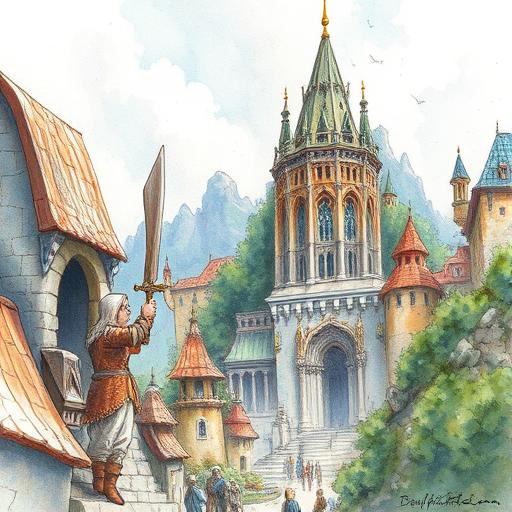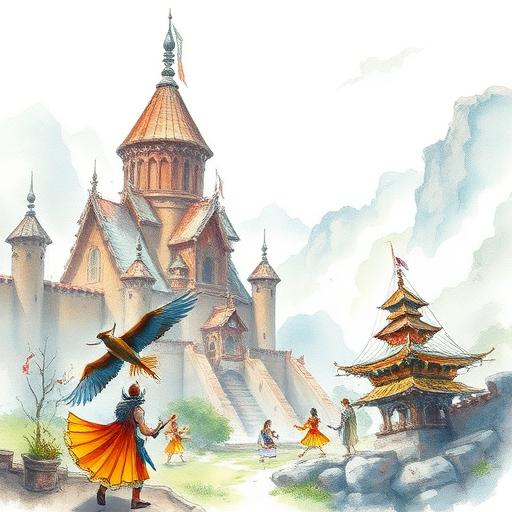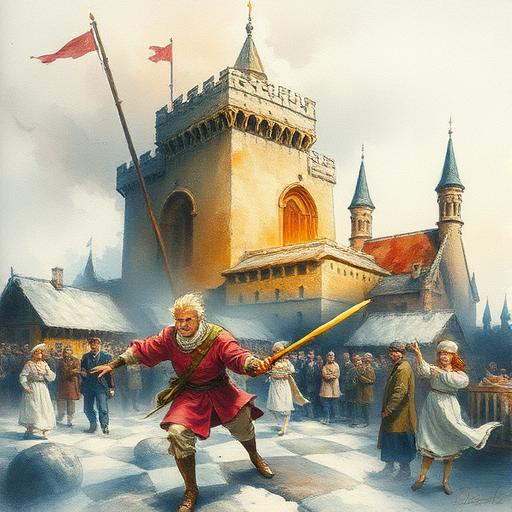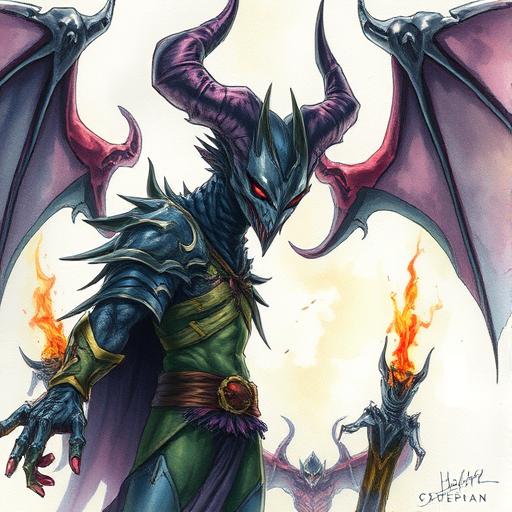Allusions to Religion: A Powerful Tool in Fantasy Worldbuilding
Explore the art of weaving religious allusions into your fantasy world, adding depth and richness to your narrative, and discover how to strikes a balance between inspiration and sensitivity. Learn how to incorporate religious themes and motifs in a way that enhances your worldbuilding and storytelling.
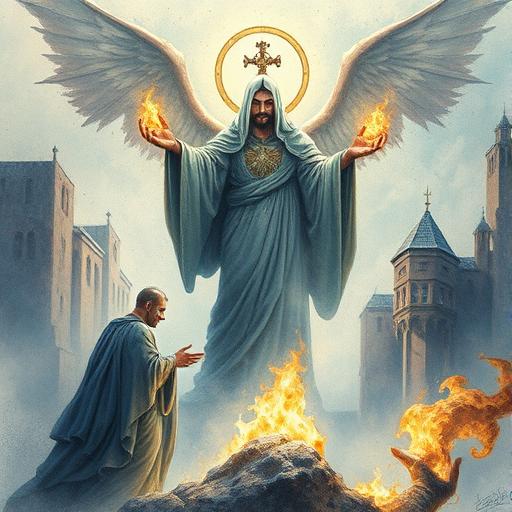
Introduction to Religious Allusions
In fantasy worldbuilding, allusions to religion can be a potent tool for creating a rich, immersive, and thought-provoking narrative. By drawing inspiration from real-world faiths and mythologies, writers can craft compelling characters, cultures, and conflicts that resonate with readers. For example, J.R.R. Tolkien's Middle-earth is filled with allusions to Christianity and Norse mythology, adding depth and complexity to the world.
Understanding the Purpose of Allusions
Allusions to religion serve several purposes in fantasy worldbuilding:
- To create a sense of familiarity and shared cultural heritage
- To explore complex themes and moral dilemmas
- To add layers of meaning and symbolism to the narrative
- To inspire characters' motivations and actions
Drawing from Real-World Religions
When drawing from real-world religions, it's essential to approach with sensitivity and respect. Researching and understanding the core tenets, practices, and symbolism of various faiths can help you create nuanced and authentic allusions. For instance, Ursula K. Le Guin's Earthsea series draws heavily from Taoist and Buddhist philosophies, while also exploring the tension between balance and chaos. You can explore the intersection of mythology and world-building techniques to gain a deeper understanding of how to incorporate these elements effectively.
Balancing Inspiration and Sensitivity
To avoid cultural appropriation or misrepresentation, consider the following guidelines:
- Be mindful of the context and cultural significance of the religious themes you're drawing from
- Avoid reducing complex faiths to simplistic or stereotypical representations
- Ensure that your allusions serve a narrative purpose, rather than feeling like superficial additions
- Be open to feedback and criticism from readers and sensitivity experts
Creating a Unique Spiritual Landscape
While drawing from real-world religions, you can also create a unique spiritual landscape that reflects the distinct culture and history of your world. This can involve:
- Developing a pantheon of deities or supernatural beings that reflect the world's mythology and cosmology
- Crafting rituals, practices, and symbols that are specific to your world's cultures and faiths
- Exploring the tensions and conflicts that arise between different spiritual traditions
Worldbuilding and Storytelling Applications
Allusions to religion can have a significant impact on your worldbuilding and storytelling:
- They can inform the moral and philosophical themes of your narrative
- They can shape the characters' motivations, conflicts, and arcs
- They can influence the cultural and social dynamics of your world
- They can add depth and richness to your world's history and mythology
For example, the different stories that can be told on various planets can be influenced by the unique spiritual landscapes and religious traditions of each world. By considering the intersection of mythology, culture, and environment, you can craft compelling and immersive narratives that explore the complexities of faith and spirituality.
Examples and Case Studies
Some notable examples of fantasy worlds that incorporate allusions to religion include:
- Neil Gaiman's American Gods, which draws from a wide range of mythologies and faiths to explore the power of storytelling and belief
- Patrick Rothfuss's Kingkiller Chronicle, which features a complex and nuanced exploration of faith, morality, and the nature of truth
- N.K. Jemisin's Broken Earth trilogy, which draws from Afrofuturist and African diasporic traditions to create a rich and immersive spiritual landscape
Conclusion
Allusions to religion can be a powerful tool in fantasy worldbuilding, offering a wealth of opportunities for character development, cultural exploration, and narrative depth. By approaching these allusions with sensitivity, respect, and a deep understanding of the source material, you can create a rich and immersive world that resonates with readers. Remember to balance inspiration with sensitivity, and don't be afraid to create a unique spiritual landscape that reflects the distinct culture and history of your world. With careful consideration and craftsmanship, you can weave allusions to religion into your narrative, adding depth, complexity, and wonder to your world.
Comments
Comments are hidden to save bandwidth. Load them when you want to read or leave one.
